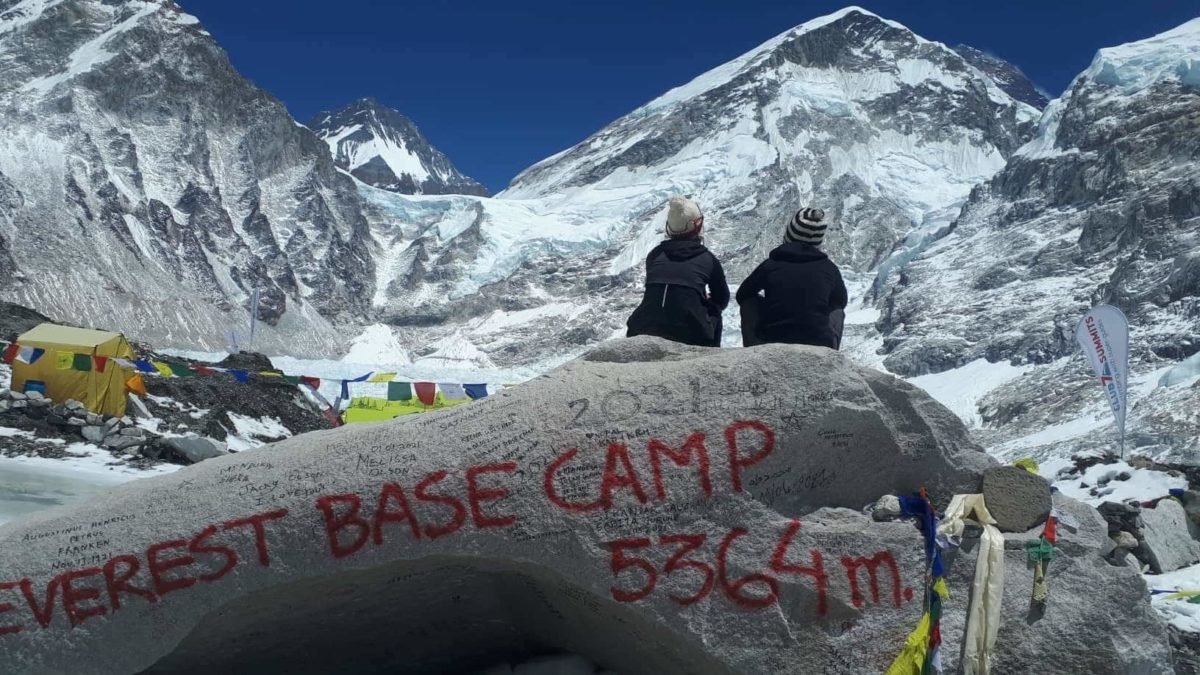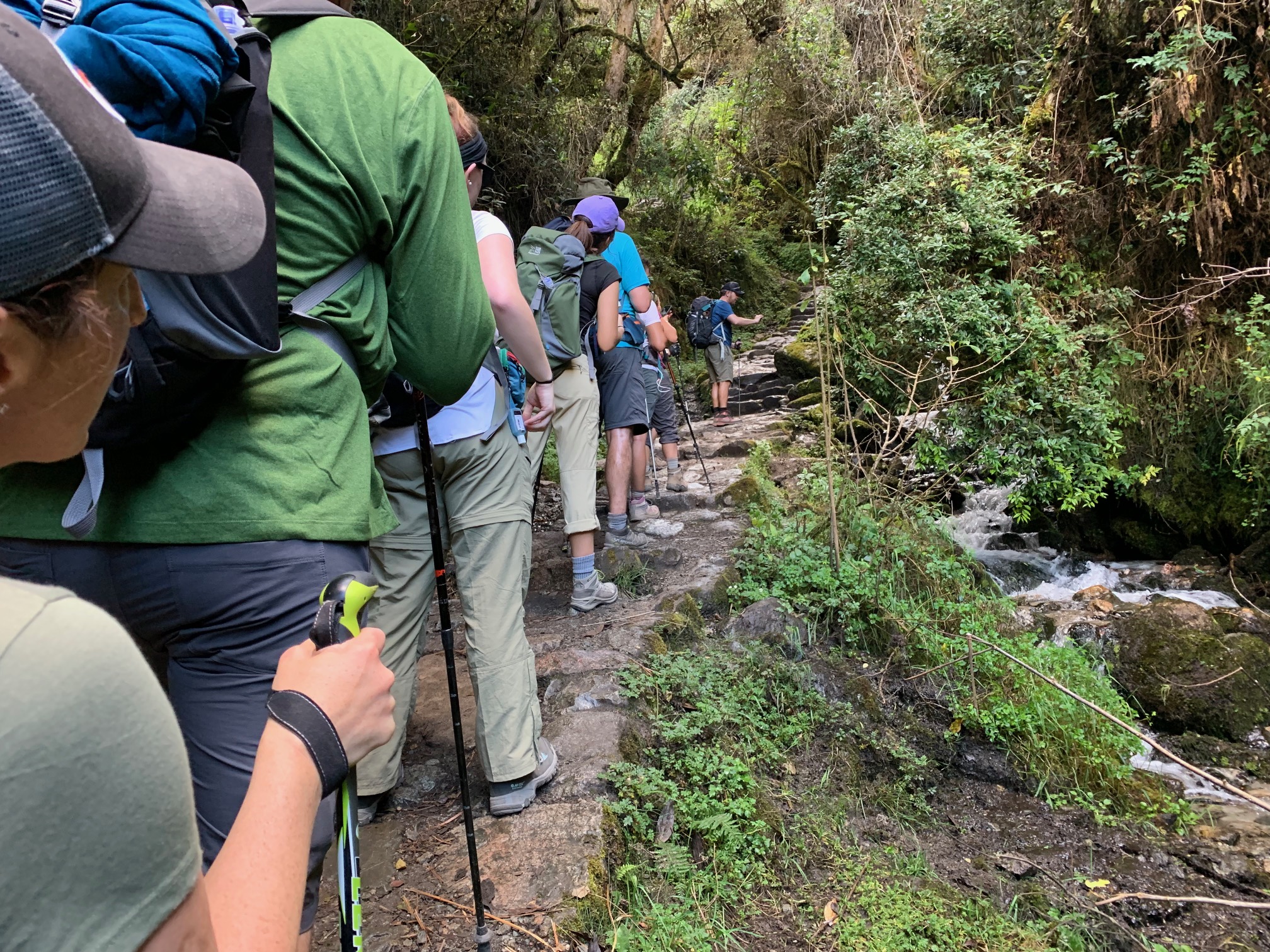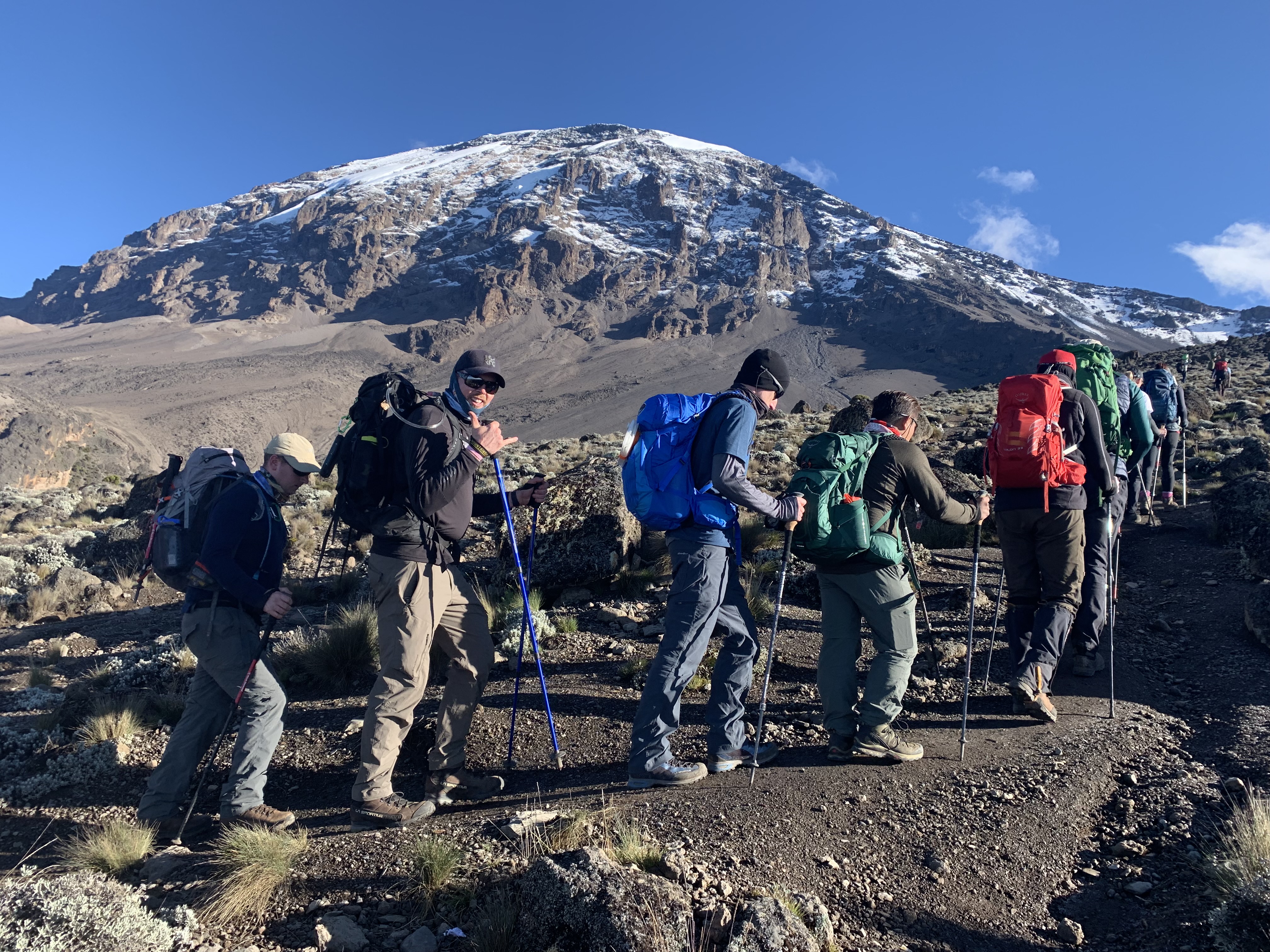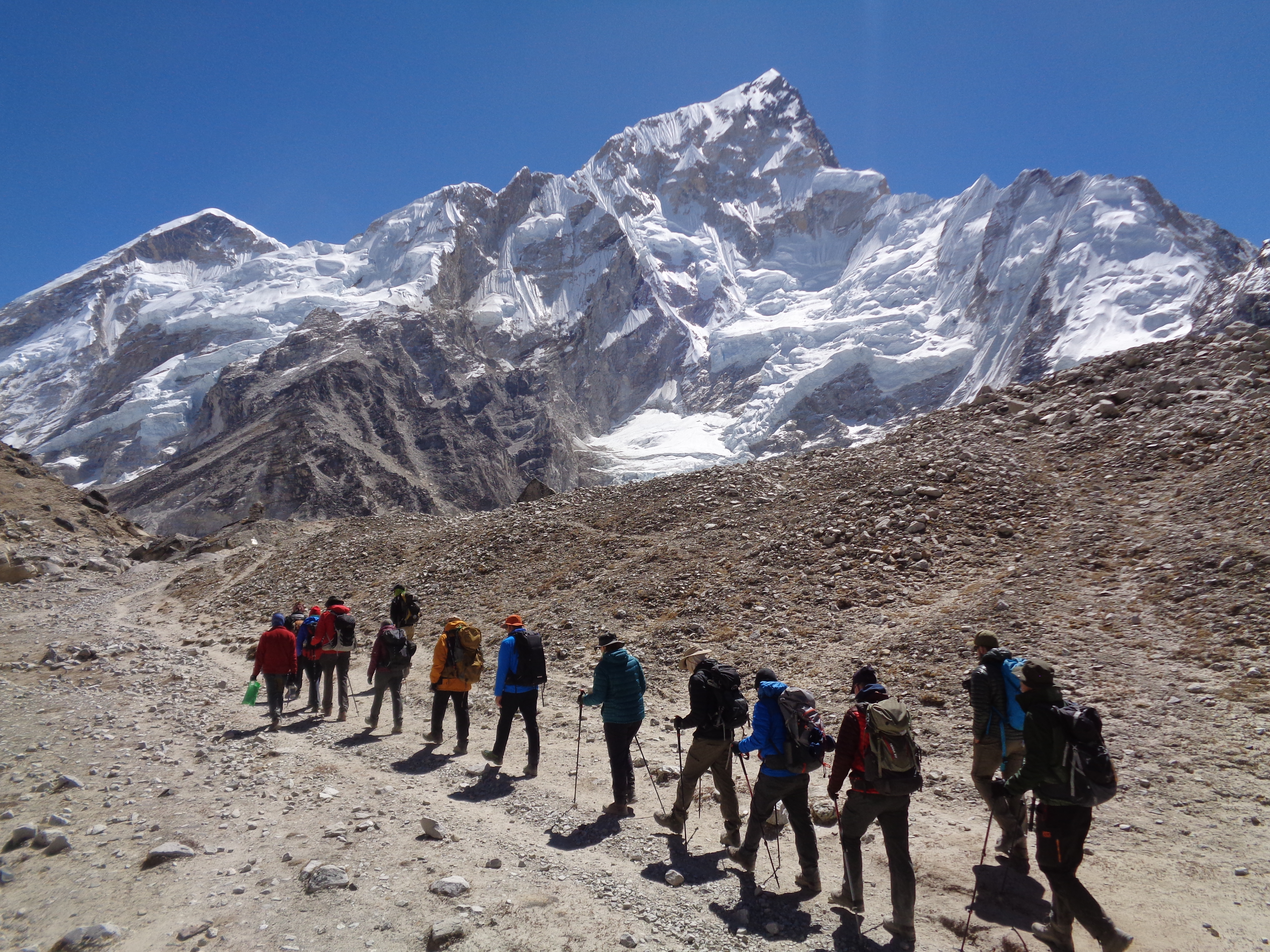The pace of a trip at high altitude needs to be managed correctly for your safety and success. The pace and heart rates at which you exercise on the trail need to be lower than the heart rates trained for during the months of preparation. If you want to learn more you can keep reading or contact us and learn more.
Pacing at High Altitude
You might consider pacing irrelevant or something that is not important on a long distance high altitude trip. However, we can assure you that the correct pace and heart rates will make all the difference with recovery, rest and sleep. Having a slow pace and lower heart rates on the offer you better acclimatization, safety and success!
Maintaining the Correct Heart Rate at Altitude
Think about heart rates when you are exercising. If you were to push even 10 beats per minutes faster in each hour of exercise, then you would be under so much more pressure. You would be wasting a lot of energy and fatiguing your muscles.
Therefore, you would have less energy to recovery on your multi-day walking adventure. Keeping your heart rate levels at a steady, lower rate per minute will ultimately allow you to keep going, using less energy. On a multi-day trek, this could make the difference in you successfully reaching your goal or not.
No matter what the adventure, getting the pace right and managed correctly is so important. When you also consider that you will be joining a group on this trip, who you may or may not know, and the team needs to stay together at all times.
Managing the Pace on all our Trips
We will set the pace. Our guides will set the pace that will best work for the team. Likewise, we will manage longer hill climbs at a certain and very specific pace. We have helped thousands of people trek to Everest Base Camp, reach the summit of Kilimanjaro or reaching numerous trekking and mountaineering goals.
There are numerous reasons for this, one main reason is we always manage the pace on our trips. Our highly qualified guides know what the pace needs to be in order to give every person on the team the chance at safely and successfully reach their goal.
Managing Summit Night Climbs
Depending on the climb you are doing, the way the summit night is managed will be instrumental in how you feel and how successful you are. You will need to be able move consistently for an hour at a time, resting only for 2 to 5 minutes per hour.
This could be due to the low temperatures or the terrain you are on. This means you need to be able to manage consistently higher heart rates, for long periods of time. Therefore you will need to move and train at the same pace as you will on the summit night. We can help you with this information.
Our teams know that pacing at High Altitude to reach summits and destinations is critical for safety. Therefore, our teams will set a minimum, very slow pace. This does not mean you don’t need to train. This system and slow pacing of trips only works when you are physically prepared for the trip you are undertaking.
We will give people every opportunity to keep up with the minimum pacing that is required to manage a safe and successful trip.
Learn More
Why not get in touch with us and we can better explain how we manage our trips? Our teams around the world know the importance of pacing and this is why we have success rates second to none. Follow us on Instagram or Facebook.
We have spent years developing a pace of our trips that will help you safely and successfully reach your goal. GET IN TOUCH today. We look forward to helping you in your mountain adventure.




